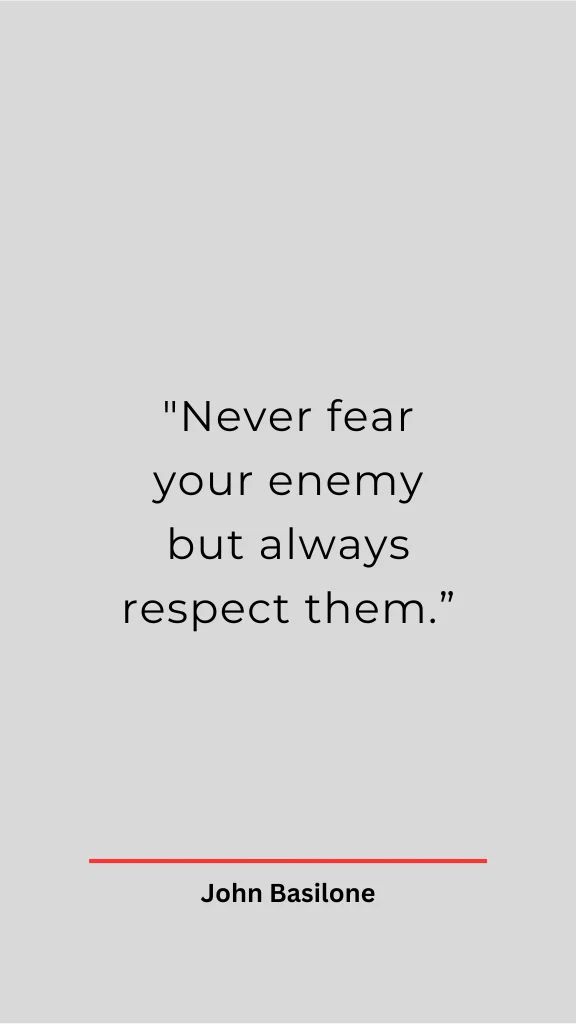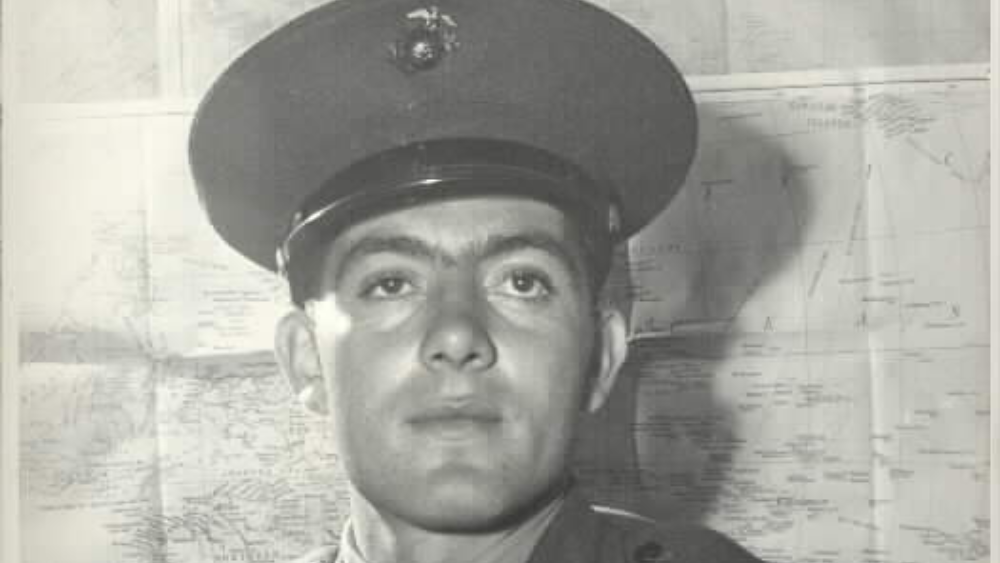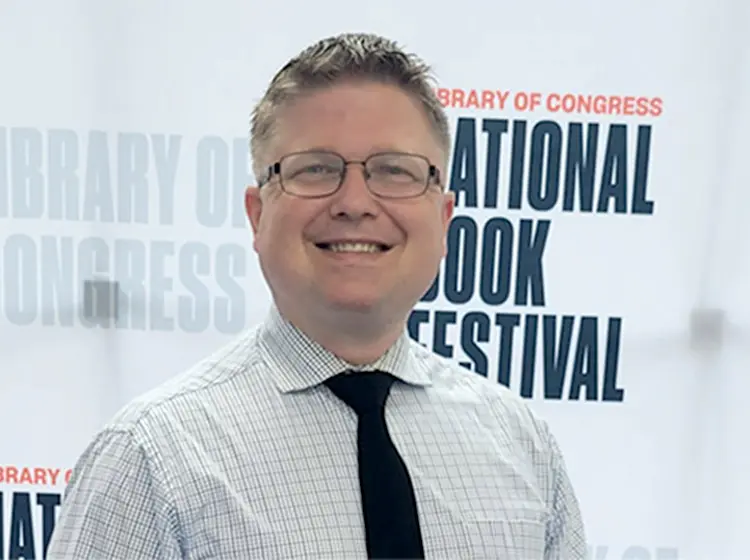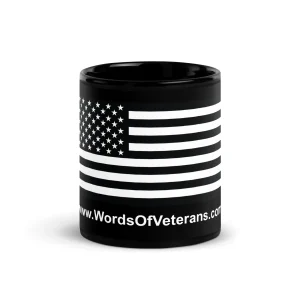When Americans speak of courage under fire and ultimate sacrifice, few names command as much reverence as John Basilone. A United States Marine Corps gunnery sergeant and one of the most decorated American soldiers of World War II, Basilone’s story is not just about combat, but about honor, duty, and a deep-rooted sense of purpose. He was the kind of man who could have stayed safe at home after becoming a national hero — but instead, he returned to the battlefield and made the ultimate sacrifice.
This blog explores the extraordinary life, heroics, and legacy of John Basilone, a Medal of Honor and Navy Cross recipient whose bravery helped shape the course of WWII and continues to inspire generations of Marines and Americans.
Early Life: Humble Beginnings in New Jersey
John Basilone was born on November 4, 1916, in Buffalo, New York, and raised in Raritan, New Jersey, the sixth of ten children in a working-class Italian-American family. His father, Salvatore Basilone, was an Italian immigrant, and his mother, Theodora, was of Italian descent born in the U.S.
Basilone left school at 15 and later worked as a golf caddy and truck driver. But adventure and a sense of purpose pulled him elsewhere. In 1934, at the age of 18, he enlisted in the U.S. Army, serving three years in the Philippines with the 16th Infantry. There, he developed a love for the military and became a proficient boxer.
After his discharge, he briefly returned to civilian life but soon missed the camaraderie and discipline of military service. In July 1940, he reenlisted — this time in the United States Marine Corps, where his legend would be born.
Guadalcanal: The Battle That Defined a Hero
The Pacific Theater of World War II was marked by brutal island warfare, and one of its most pivotal early battles was Guadalcanal in 1942. Basilone, now a Gunnery Sergeant with the 1st Marine Division, was deployed to the Solomon Islands to fight the Japanese.
In October 1942, during the Battle for Henderson Field, Basilone’s unit faced a massive assault by over 3,000 Japanese soldiers determined to retake the airfield. Basilone commanded two .30-calibre machine gun sections tasked with holding a critical defensive position.
Over two harrowing days and nights, Basilone and his men fought against overwhelming odds. When ammunition ran low, he braved enemy fire to run back and forth through the jungle to resupply his men. He repaired and crewed weapons, cleared jams, and directed fire in near-complete darkness.
Basilone led with fearless determination, repelling the Japanese attack despite being outnumbered and under intense pressure. He killed at least 38 enemy soldiers and held his unit together when all seemed lost.
For his actions, John Basilone was awarded the Medal of Honor, the highest military decoration in the United States. His citation praised his “extraordinary heroism and conspicuous gallantry.”
A Reluctant War Hero and National Icon
Following Guadalcanal, Basilone returned to the United States for a war bond tour. The Marine Corps saw him as a poster boy, and he became a national celebrity. He appeared in parades, sold war bonds, and posed for photographs with movie stars and the public.
But despite the fame, Basilone felt restless. He didn’t want to be a symbol — he wanted to fight. He requested to return to the frontlines multiple times, but the military initially denied him. The Marines offered him a commission as an officer and a safe stateside post, but Basilone refused. He believed his place was with the men on the battlefield.
His determination finally prevailed, and in 1944, Basilone rejoined the Marines for combat duty in the Pacific.
Iwo Jima: The Final Act of Heroism
Basilone was assigned to C Company, 1st Battalion, 27th Marine Regiment, 5th Marine Division, and deployed to fight in the Battle of Iwo Jima — one of the bloodiest and most iconic battles of WWII.
On February 19, 1945, the Marines stormed the volcanic beaches of Iwo Jima under withering Japanese fire. Basilone’s unit was pinned down by heavy machine gun and artillery fire.
With no regard for his own safety, Basilone led a one-man charge to take out a Japanese blockhouse, killing the enemy inside with grenades and explosives. He then moved along the beach to direct a Sherman tank through a minefield and guide its fire toward enemy positions.
Returning to his unit, Japanese mortar or small arms fire killed him. He laid down his life beside the men he was leading in the invasion’s opening hours.
John Basilone earned the Navy Cross and the Purple Heart for his heroic actions on Iwo Jima, receiving both honors posthumously.

Honors and Legacy
John Basilone remains one of the most revered figures in Marine Corps history. John Basilone stands as the only enlisted Marine in WWII to earn both the Medal of Honor and the Navy Cross, demonstrating unwavering selflessness even after achieving fame.
Here are just a few ways his legacy has endured:
1. USS Basilone (DD-824)
A Gearing-class destroyer, the USS Basilone, was commissioned in 1949 to honor his name and served until 1977.
2. Statues and Memorials
- A bronze statue stands in his hometown of Raritan, New Jersey, unveiled in 1948.
- Every year, the John Basilone Memorial Parade is held in Raritan — the only parade in the U.S. dedicated to a WWII Medal of Honor recipient.
3. Camp Pendleton’s Basilone Road and Gate
Marine Corps Base Camp Pendleton in California honors him with the Basilone Road and Basilone Gate — testaments to his lasting impact on the Corps.
4. Television and Film
Basilone was prominently featured in the HBO miniseries “The Pacific” (2010), where actor Jon Seda portrayed him. The series brought his story to a new generation and captured the emotional complexity of a man who left everything to serve his country.
Why John Basilone Still Matters
In an era when celebrity often overshadows substance, John Basilone’s story reminds us what true heroism looks like. He didn’t ask for the spotlight. He didn’t fight for glory. John fought because he believed in duty, brotherhood, and something greater than himself.
Here was a man who had every reason to stay home, bask in the admiration of a grateful nation, and enjoy a comfortable life. But that wasn’t enough. His moral compass pulled him back to the mud, blood, and gunfire of the Pacific. He fought and died alongside his fellow Marines — not because he had to, but because he believed he should.
Final Thoughts
John Basilone is more than a war hero — he is an American icon. His courage at Guadalcanal, his humility during the war bond tour, and his sacrifice at Iwo Jima tell the story of a man who lived and died for others.
In the halls of military history, his name is etched beside legends. But in towns across America, in the Marine Corps, and the hearts of patriots, Basilone represents the spirit of service, the power of conviction, and the kind of courage that transcends time.
As we reflect on his story, may we be reminded that heroes walk among us. And sometimes, they choose the hard road not for recognition, but because it’s the right thing to do.










